QiDi PLUS 4 Drawer – Dual-Compartment Storage with Gridfinity Tool Tray & Waste Pipe
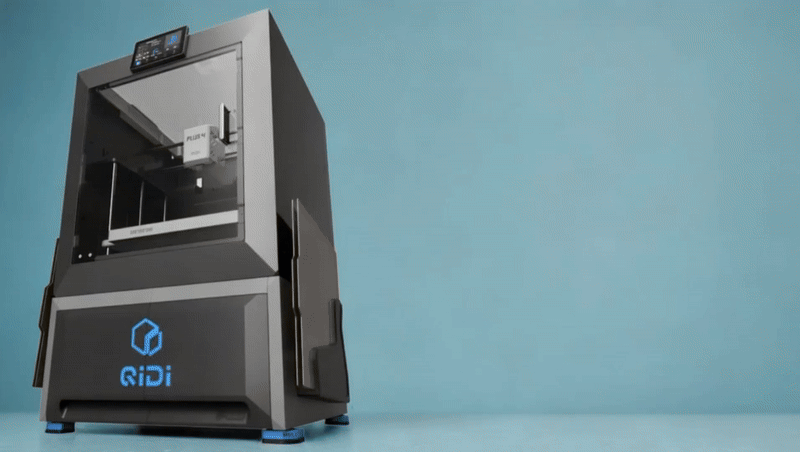
Printable in PETG or PCTG
Drawer
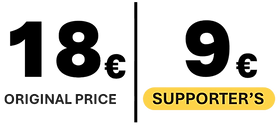
Printable on the PLUS 4
A DRAWER UNIT WITH TWO COMPARTMENTS: ONE FOR THE POOP, WHICH CAN BE DIVIDED INTO SECTIONS, AND ANOTHER FOR TOOLS FEATURING GRIDFINITY-STYLE BOXES. IT INCLUDES A REAR WASTE PIPE AND SIDE MOUNTS FOR UP TO 12 PRINT PLATES, AND IT'S FULLY COMPATIBLE WITH HULA FEET.
QiDi PLUS 4

THIS MODEL IS DESIGNED TO BE PRINTED IN THREE COLOR TONES.
IT FEATURES:
-
HIDDEN-HANDLE FRONTS ON BOTH DRAWERS FOR A CLEAN, SLEEK LOOK.
-
A POOP DRAWER WITH TWO INTERNAL BOXES TO MAXIMIZE AVAILABLE SPACE.
-
A TOOL DRAWER BASED ON THE 42 MM GRIDFINITY SYSTEM FOR MODULAR ORGANIZATION.
-
A REAR WASTE PIPE FOR SCRAP AND FILAMENT DEBRIS.
-
DIFFERENT PLATE HOLDERS, RANGING FROM THOSE THAT HOLD 2 TO THOSE THAT HOLD 6, FOR A TOTAL CAPACITY OF 4 TO 12 PLATES.
-
MOUNTING POINTS FOR INSTALLING HULA FEET FOR ADDED STABILITY.


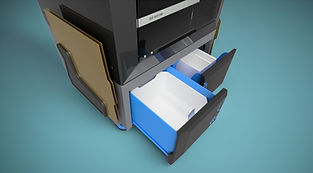
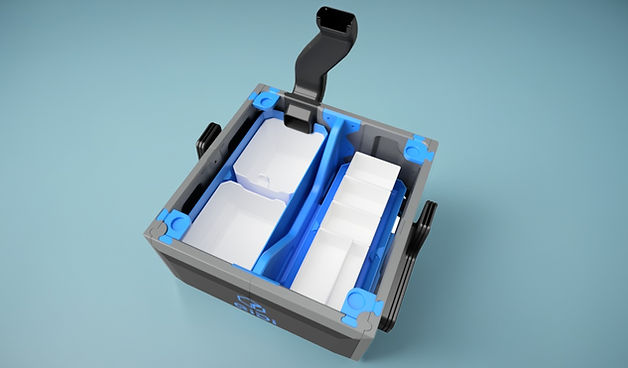

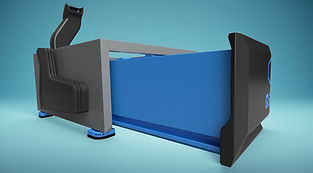
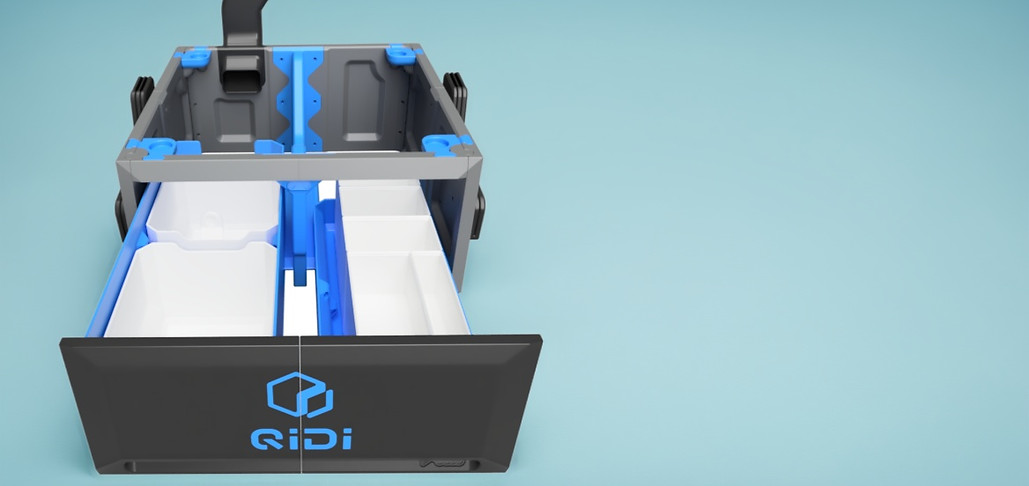
THE REAR WASTE PIPE DOESN’T REQUIRE ANY MAGNETS FOR INSTALLATION—JUST SNAP THE TUBE SECTIONS TOGETHER AND SLIDE THE PIPE INTO THE SLOT BUILT INTO THE BACK OF THE DRAWER CHASSIS.
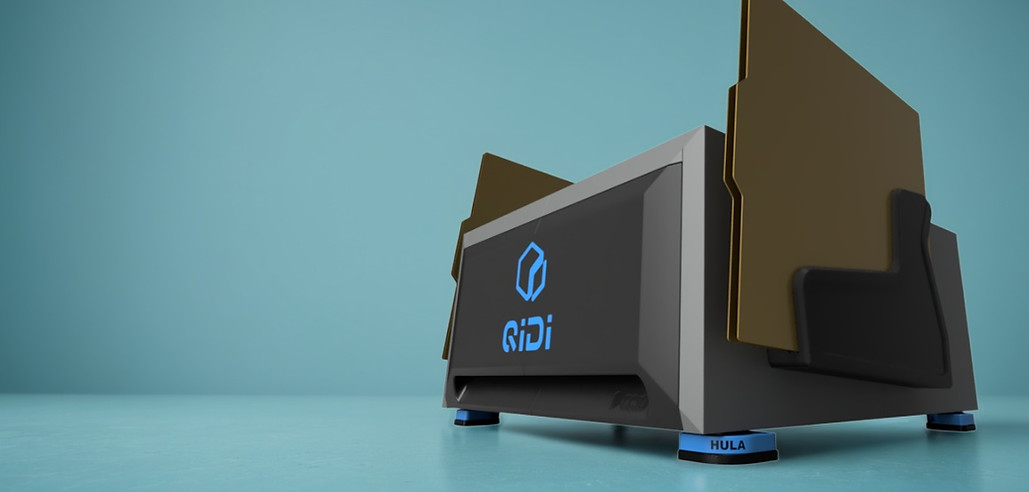
THE DRAWER FRAME INCLUDES PRE-DRILLED HOLES ON BOTH SIDES, ALLOWING YOU TO MOUNT A PLATE HOLDER ON THE LEFT, RIGHT, OR BOTH SIDES. THIS GIVES YOU SPACE TO STORE UP TO 12 PRINT PLATES.

THE FRONT FEATURES A BEAUTIFUL QIDI LOGO THAT STYLISHLY CUSTOMIZES THE DRAWER.
IF YOU’RE NOT PLANNING TO USE THE HULA SYSTEM, MY RECOMMENDATION IS TO STICK TRANSPARENT SILICONE DOUBLE‑SIDED PADS ON THE BASE OF THE FEET.
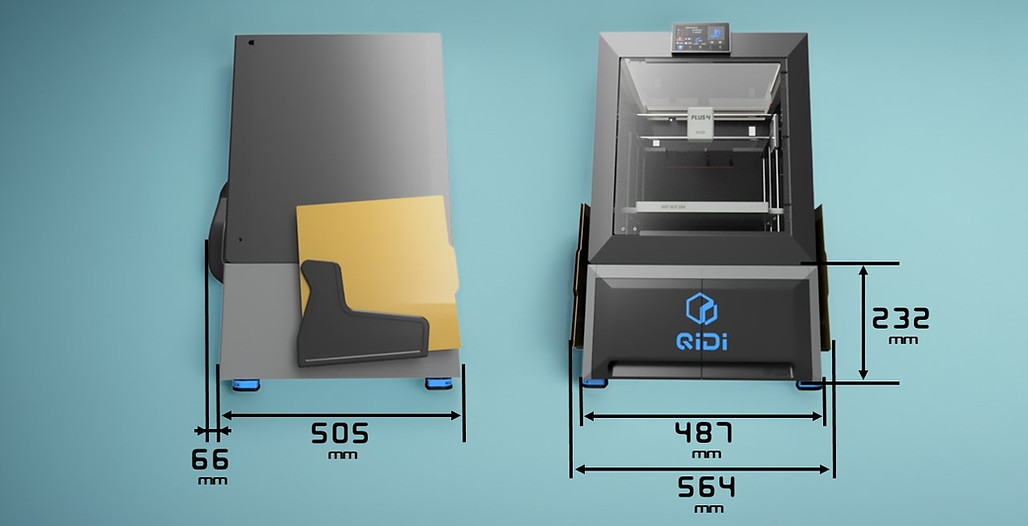
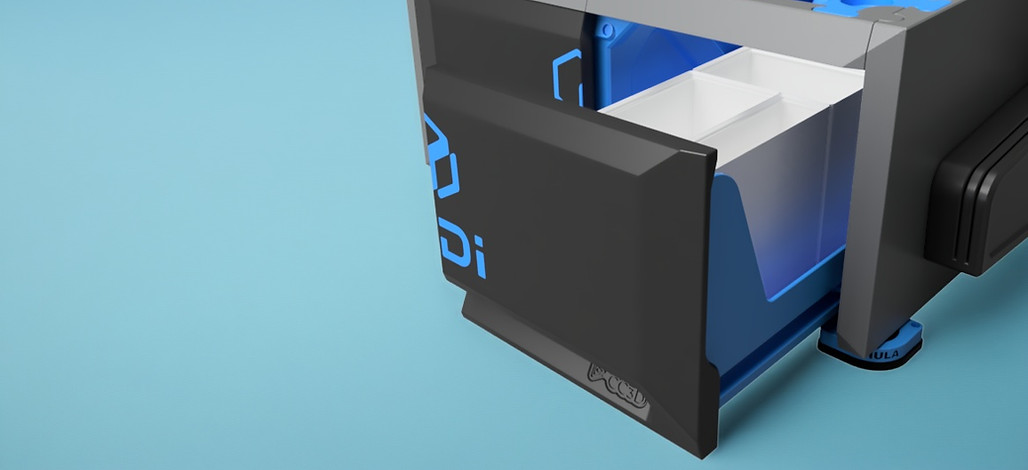
THE SHAPE OF THE DRAWER FRONTS ECHOES THE DESIGN OF THE PRINTER'S FRONT PANEL, CREATING A VISUAL EFFECT THAT MAKES THEM BETTER INTEGRATED WITH THE PRINTER.
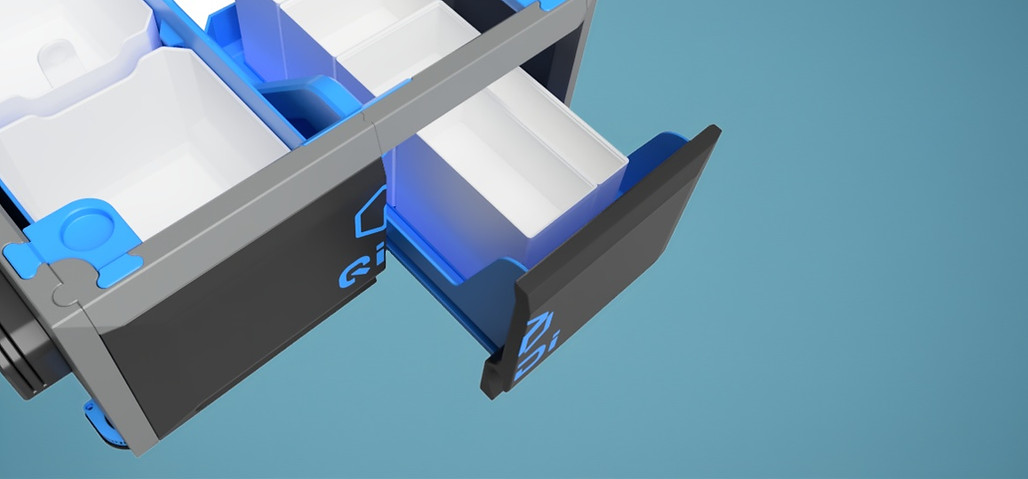
THE TOOLS DRAWER IS DESIGNED TO HOLD GRIDFINITY CONTAINERS, WITH A BASE SIZE OF 42X42 MM.
YOU CAN USE THE ONES PROVIDED OR CREATE YOUR OWN USING THE GRIDFINITY TOOL.
DRAWER: Filament Usage & Print Time
PETG
0.5 Kg
PETG
2.2 Kg
PETG
1.8 kg
PETG
1.3kg
Print Time
7d 1h 3m
"Just a quick note on quantities: the numbers shown refer to a full print of the drawer, no plate holders included. If you increase the infill, the required amounts will vary, so treat these as rough estimates for how much filament you’ll need.
It’s always best to load the files into your slicer and run a full estimate for all plates."





